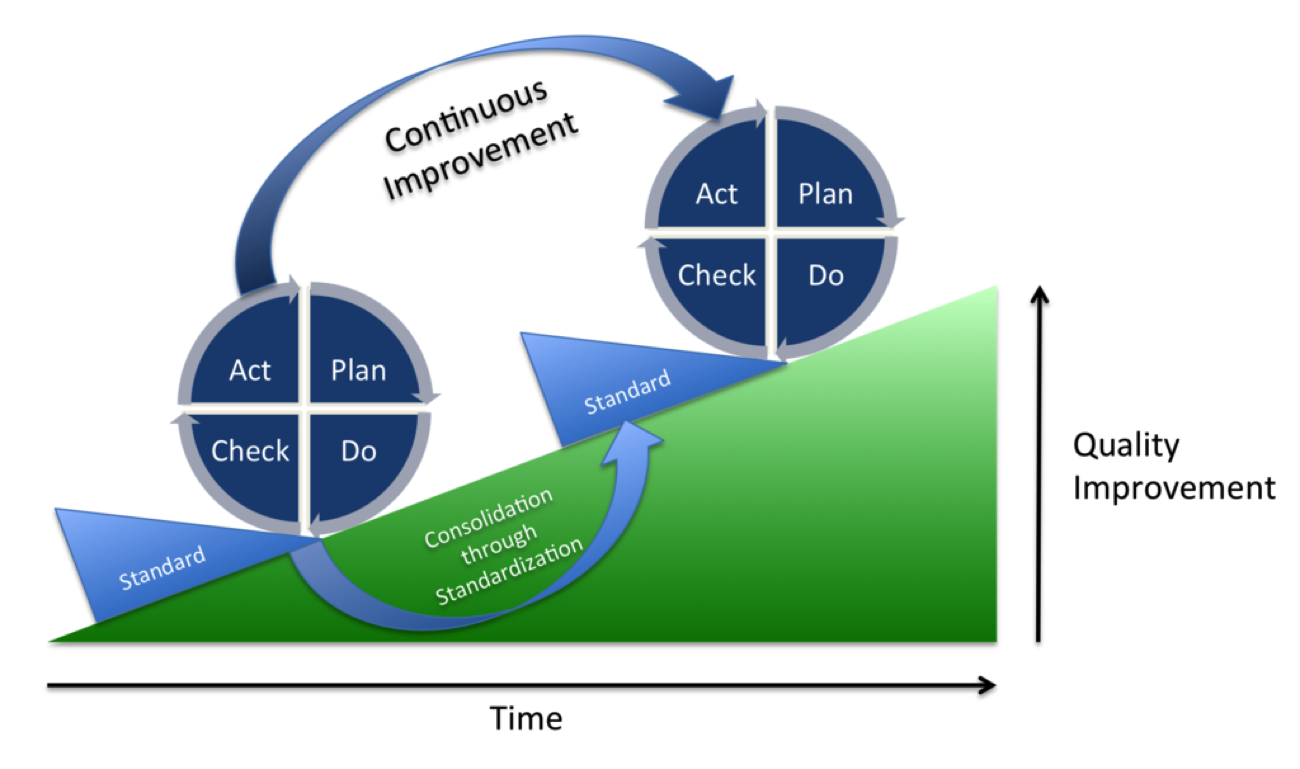What are reject and non-quality in continuous improvement?
Reject and non-quality are labels given to components that don’t meet pre-set standards due to “mistakes” and errors made during the manufacturing process. These errors can derive from many root causes including; incorrect technical instructions, inadequate worker’s level of skill, misaligned machines, and malfunctioning equipment to name a few.
Whether it be caused by human error or an error from a machine or tools, these rejects cannot be used further in production unless reworked; taking time and labor. In many cases, rejects that cannot be reworked become waste materials.
Why are rejects important to consider?
Rejects are important to consider as they reflect errors in the production process and lead to wasted time, material, and money. Looking at how and where rejects occur can give insight into how to solve the problem and make the process smoother, faster, and more efficient. Analyzing rejects will also give insight into the training of the staff, the state of the machines, and how well the production process is designed. Parts should be checked after every stage for quality control and consistency. This also pinpoints the exact problems where they occur, making manufacturing all the more efficient and successful.
Tools to measure and automatically log rejects
While noticing where, when, and how rejects occur are all important considerations to make when trying to improve production efficiency, the tools used to measure and log rejects are just as important.
One method of measuring and logging rejects is with a quality control worker who manually checks the product for quality and records data by hand, with paper or via manual entry in a computer. While this method works, it wastes time, labor, and is costly in the long run.
Measuring the parts via autonomous technology, by sensor or automatic micrometer for example, is a much faster and more accurate quality control check, as it is not subjected to human error. Besides improving accuracy, an autonomous reject system will also improve insight into the problem, potentially taking preventative action before the problem occurs. With this type of system, more “checkpoints” can be created (perhaps even one after every manufacturing process) allowing problems to be found as they arise. Autonomous data entry will also save labor, as an employee no longer has to do it on the clock.
While the design of these systems are largely industry and plant specific, converting and using an autonomous measuring and logging system for rejects will safe time, materials, money, and improve the overall efficiency of the production process.
You can learn more about the common causes and types of manufacturing rejects here.
Conclusion:
Analyzing rejects is a key component if you want to improve the efficiency and quality of what you’re manufacturing. It not only saves material, time, and money, but it also gives you insight how well the overall process is working. It is an essential ingredient in both continuous improvement and lean manufacturing.
Worximity is deeply committed to the philosophies of Continuous Improvement and Lean Manufacturing in food manufacturing. Using our IoT technology we provide company wide visibility into the statistics that matter to manufacturers and accelerate TTV (Time to Value) of investments in company culture and training to achieve outstanding productivity.
Download our Free Lean Manufacturing and Industry 4.0. ebook to learn more!
















